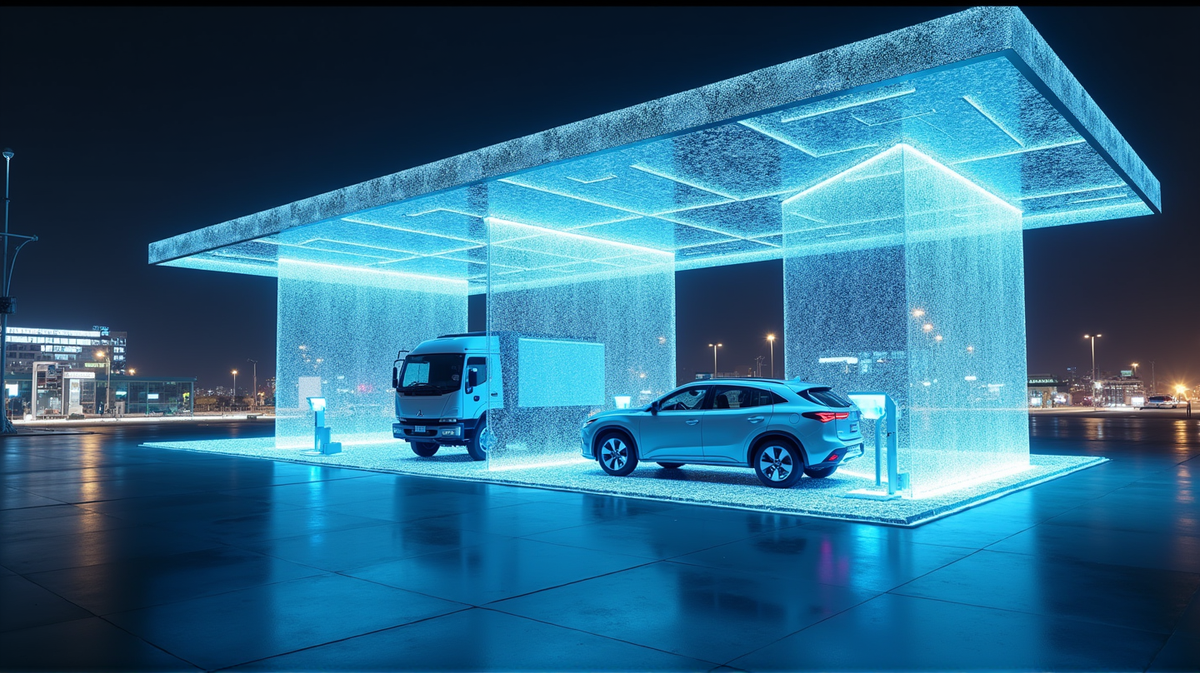Revolutionizing Hydrogen Fueling: Mitsubishi Fuso and Iwatani's Bold MoU
Mitsubishi Fuso and Iwatani explore sLH2 tech for hydrogen vehicles, aiming to reshape commercial transport. Discover their ambitious MOU.

In the realm of sustainable energy, Mitsubishi Fuso and Iwatani Corporation are embarking on a path that could redefine the future of commercial vehicles. They have signed a momentous Memorandum of Understanding (MoU) to delve into an innovative refueling technology known as the Subcooled Liquid Hydrogen (sLH2) technique. This MoU aims to address the pressing demands for hydrogen-powered vehicles by exploring cutting-edge methodologies that promise to alter the landscape of commercial transportation.
The Significance of the MoU
The collaboration between Mitsubishi Fuso and Iwatani signals a watershed moment in the journey toward hydrogen-based solutions. By focusing on sLH2 technology, the companies are setting the stage for a more efficient and sustainable hydrogen refueling infrastructure. This agreement underscores the shared vision of both partners to pioneer emissions-free transport solutions and lays the groundwork for significant advancements in the sector.
What is Subcooled Liquid Hydrogen (sLH2)?
Subcooled Liquid Hydrogen (sLH2) represents a leap in hydrogen refueling technology. Unlike traditional methods, sLH2 involves chilling hydrogen to such low temperatures that it remains liquid at higher pressures. This technological marvel not only enhances the storage capacity but also ensures safer and quicker refueling processes, crucial for the scalability of hydrogen-fueled fleets across various industries.
Exploring the Road Ahead
The MoU allows Mitsubishi Fuso and Iwatani to collaboratively study and test the feasibility of sLH2 in real-world conditions. This is crucial in ensuring the technology can handle the practical demands of a bustling commercial sector. Together, they intend to explore the intricacies of infrastructure adaptation, safety protocols, and the economic viability of deploying sLH2 on a wider scale.
The Potential Impact on Commercial Vehicles
Hydrogen as a fuel source for commercial vehicles can dramatically reduce the carbon footprint of industries dependent on heavy-duty transport. With the successful implementation of sLH2 refueling stations, Mitsubishi Fuso, and Iwatani aim to unlock new efficiencies and reduce operational costs associated with hydrogen fuel. These advancements are set to propel the commercial vehicle market into a new era of sustainability, ultimately fostering a cleaner, greener planet.
A Vision for Change
This partnership is not merely a business endeavor; it’s a testament to a shared commitment to environmental stewardship and technological innovation. As stated in Fuel Cells Works, the exploration of sLH2 refueling technology could well be a harbinger of global shifts in energy policy and industry standards, paving the way for a future where hydrogen fuels become mainstream.
In conclusion, Mitsubishi Fuso and Iwatani’s joint venture is poised to catalyze a fundamental change in the commercial vehicle industry. By placing sLH2 technology at the forefront, these pioneering companies are carving a path toward a sustainable and innovation-driven future.





